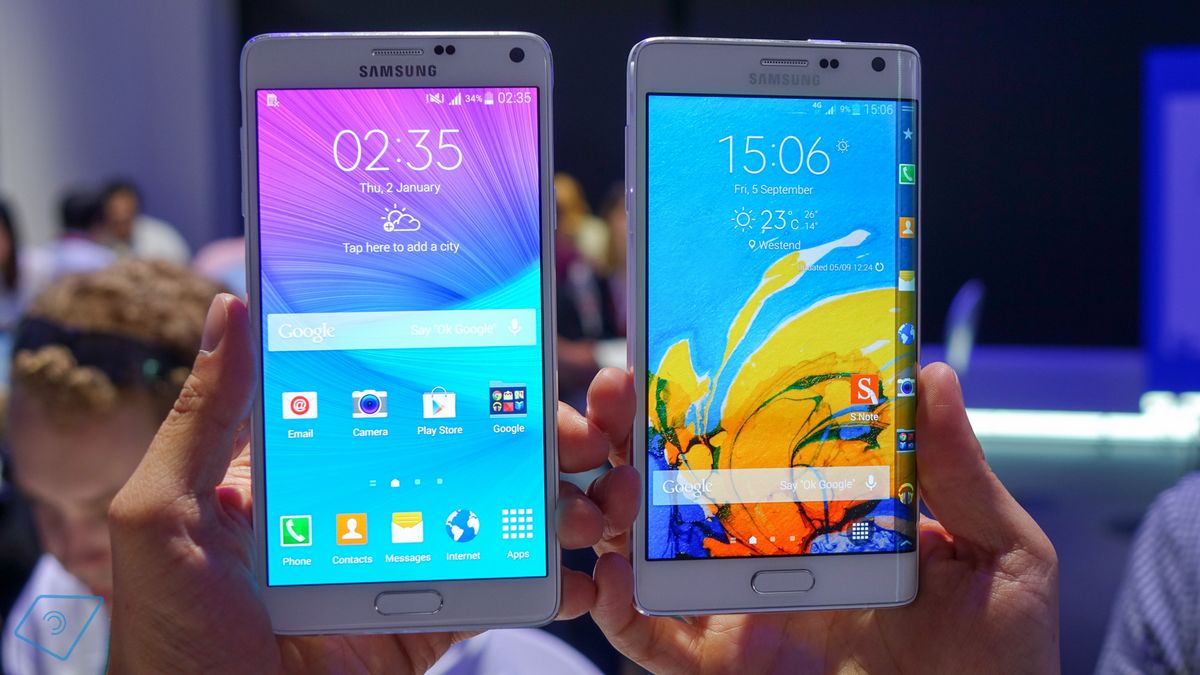
Introduction to Android 5.0.1 Lollipop
Released in November 2014, Android 5.0 Lollipop marked a significant update to the Android operating system. It introduced Material Design, improved performance, and enhanced security features, aiming to provide a smoother and more intuitive user experience.
Features of Android 5.0.1 Lollipop on the Galaxy Note 4
Material Design
One of the most noticeable changes was the introduction of Material Design. This new design language created a more cohesive and visually appealing interface. The Galaxy Note 4's home screen, lock screen, and app drawer underwent significant changes, featuring cleaner lines, vibrant colors, and a more intuitive layout.
New Runtime
Android 5.0.1 Lollipop introduced ART (Android Runtime), replacing the traditional Dalvik runtime. ART provided better performance and security by compiling apps into native machine code at installation time, rather than interpreting them at runtime.
Enhanced Security
Security enhancements included improved encryption methods and better protection against malware. The operating system also introduced a new permission system, requiring users to grant specific permissions to apps, rather than blanket access to sensitive data.
Multi-Window Mode
The multitasking capabilities were significantly enhanced with the Lollipop update. The device now supported a multi-window mode, allowing users to run multiple apps simultaneously on the screen. This feature was particularly useful for productivity tasks.
Improved Battery Life (Despite Criticisms)
While praised for performance and design, Android 5.0.1 Lollipop faced criticism for its impact on battery life. Many users reported faster battery drain after the update. However, patches and updates were soon released to address these issues, including the introduction of Doze mode in Android 6.0 Marshmallow.
Rollout Details
Snapdragon Variant
The first batch of updates targeted the Snapdragon-powered Galaxy Note 4 (SM-N910F) in Europe. Initially available via Samsung Kies, it later rolled out through Over-the-Air (OTA) updates.
Exynos Variant
Following the Snapdragon variant, Samsung began updating Exynos-powered Galaxy Note 4 devices. This update was also available in various European countries and other regions.
Carrier-Specific Updates
Different carriers had their own timelines for rolling out the update. For example, Sprint in the United States began updating its Galaxy Note 4 devices to Android 5.0.1 Lollipop in March 2015. AT&T also provided updates for its variant, with multiple firmware updates released over several months.
User Experiences
Positive Feedback
Many users praised the new Material Design aesthetic and enhanced multitasking capabilities. Improved security features and the new permission system were also welcomed by those valuing data privacy.
Negative Feedback
However, some users experienced significant battery drain after the update, which was a major concern. Additionally, some apps were not compatible with the new runtime environment, leading to crashes and other issues.
Additional Information
Software Updates Timeline
- August 28, 2017: AT&T released a software update for the Galaxy Note 4 (N910A), including Find My Mobile and Reactivation Lock enhancements, Android OS security enhancements, and more.
- July 21, 2017: Another update focused on security patches and minor bug fixes.
- June 20, 2017: An update included various security patches and performance improvements.
- May 22, 2017: Addressed some critical security vulnerabilities.
- April 26, 2017: Included several bug fixes and performance enhancements.
- March 27, 2017: Focused on security patches and minor bug fixes.
- March 10, 2017: Included various security patches and performance improvements.
- February 6, 2017: Addressed some critical security vulnerabilities.
- January 12, 2017: Included several bug fixes and performance enhancements.
- December 1, 2016: Focused on security patches and minor bug fixes.
- September 26, 2016: Included various security patches and performance improvements.
- September 8, 2016: Addressed some critical security vulnerabilities.
- August 18, 2016: Included several bug fixes and performance enhancements.
- July 26, 2016: Focused on security patches and minor bug fixes.
- June 16, 2016: Included various security patches and performance improvements.
- May 16, 2016: Addressed some critical security vulnerabilities.
- April 27, 2016: Included several bug fixes and performance enhancements.
- March 31, 2016: Focused on security patches and minor bug fixes.
- August 5, 2015: Initial update included the transition to Android 5.0.1 Lollipop.
- July 23, 2015: Included various security patches and performance improvements.
- April 14, 2015: Addressed some critical security vulnerabilities.
- March 24, 2015: Included several bug fixes and performance enhancements.
Unofficial Updates
Some enthusiasts and developers explored unofficial updates. For instance, some users managed to install Android 11 on their Galaxy Note 4 through custom ROMs. However, this was not officially supported by Samsung and came with its own set of risks and challenges.
The transition to Android 5.0.1 Lollipop on the Galaxy Note 4 marked a significant milestone in its software journey. While it introduced several innovative features and design elements, it also faced challenges related to battery life and app compatibility. Despite these issues, Samsung continued to support the device with subsequent updates, eventually moving it to Android 6.0 Marshmallow and beyond. The detailed timeline of software updates highlights Samsung's ongoing commitment to improving the device's performance and security over time.
